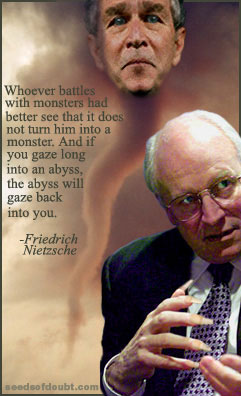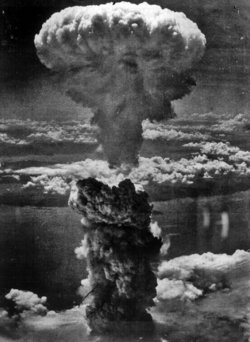MILWAUKEE — One woman here killed a friend after they argued over a brown silk dress. A man killed a neighbor whose 10-year-old son had mistakenly used his dish soap. Two men argued over a cellphone, and pulling out their guns, the police say, killed a 13-year-old girl in the crossfire.
While violent crime has been at historic lows nationwide and in cities like New York, Miami and Los Angeles, it is rising sharply here and in many other places across the country.
And while such crime in the 1990's was characterized by battles over gangs and drug turf, the police say the current rise in homicides has been set off by something more bewildering: petty disputes that hardly seem the stuff of fistfights, much less gunfire or stabbings.
Suspects tell the police they killed someone who "disrespected" them or a family member, or someone who was "mean mugging" them, which the police loosely translate as giving a dirty look. And more weapons are on the streets, giving people a way to act on their anger.
Police Chief Nannette H. Hegerty of Milwaukee calls it "the rage thing."
"We're seeing a very angry population, and they don't go to fists anymore, they go right to guns," she said. "A police department can have an effect on drugs or gangs. But two people arguing in a home, how does the police department go in and stop that?"
Here in Milwaukee, where homicides jumped from 88 in 2004 to 122 last year, the number classified as arguments rose to 45 from 17, making up by far the largest category of killings, as gang and drug murders declined.
In Houston, where homicides rose 24 percent last year, disputes were by far the largest category, 113 out of 336 killings. Officials were alarmed by the increase in murders well before Hurricane Katrina swelled the city's population by 150,000 people in September; the police say 18 homicides were related to evacuees.
In Philadelphia, where 380 homicides made 2005 the deadliest year since 1997, 208 were disputes; drug-related killings, which accounted for about 40 percent of homicides during the high-crime period of the early 1990's, accounted for just 13 percent.
Read On






No comments:
Post a Comment